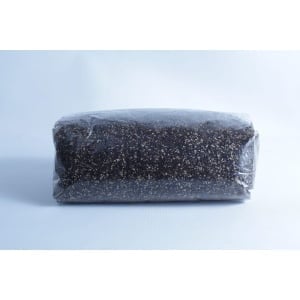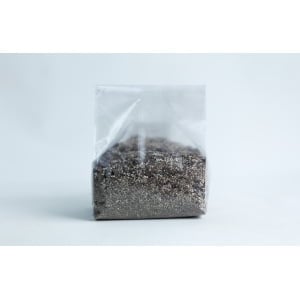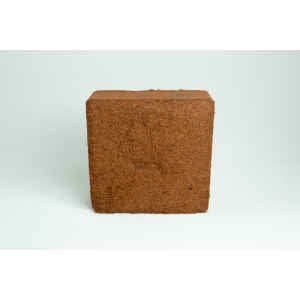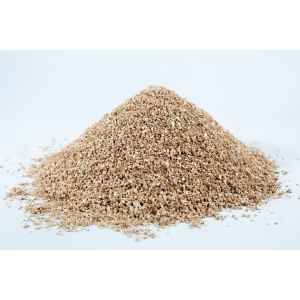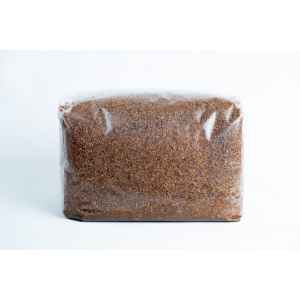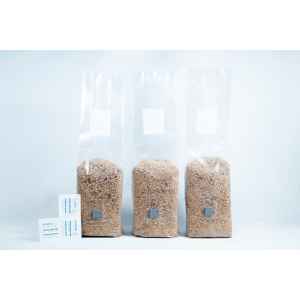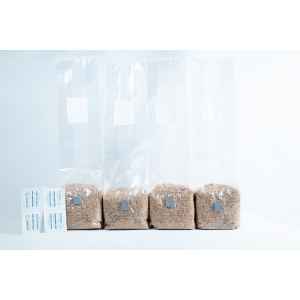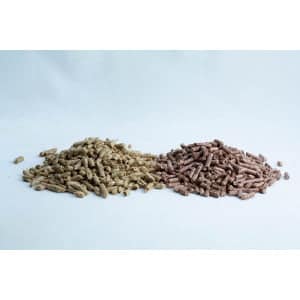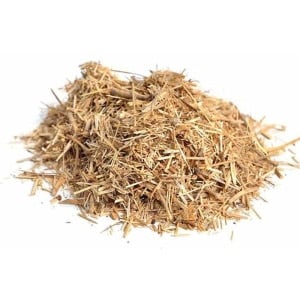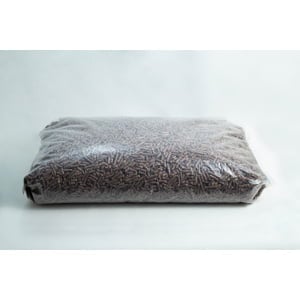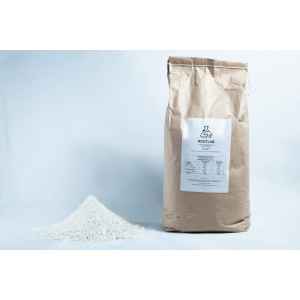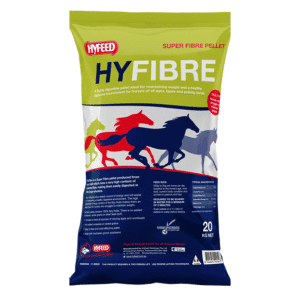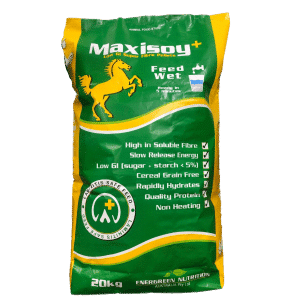Showing all 15 resultsSorted by popularity
How To Pasteurise or Sterilise Mushroom Substrates?
Mushroom substrates require proper treatment to minimise contamination risks and create an ideal environment for mushroom growth. Pasteurisation and sterilisation are essential methods to achieve this. They help eliminate unwanted microorganisms that could harm the growth of mushrooms.
What’s The Difference Between pasteurising and sterilising a Substrate?
The key difference between pasteurisation and sterilisation lies in the temperature and the goal:
- Pasteurisation involves heating the substrate to a lower temperature (usually below 80°C) for a specific time to kill harmful microorganisms but preserve the beneficial ones. Pasturisation can also be done using things like Hydrogen Peroxide or Calcium hydroxide. Pasturisation is recommended only for less nutritious substrates, such as sugarcane mulch or Straw, and never for Wood pellets, soy pellets, bran, etc. Coco coir and Vermiculite mix can also be pasteurised. This method unfortunately does not kill most of the spores. Spores take 2 weeks to germinate properly. It is recommended to use this method with a vigorous mycelium, such as oyster and also with a slightly higher spawn ratio for faster colonisation.
- Sterilisation uses higher temperatures and pressure to kill all forms of microbial life, including spores. This typically occurs in pressure cookers, sterilisers, or autoclaves.
How To Pasteurise Mushroom Substrate?
Pasteurisation reduces contamination risks and gives mushroom cultures a head start. There are two popular methods for pasteurising substrates:
- Hot Water Bath Pasteurisation:
- Submerge the substrate in boiling water for 1 to 2 hours.
- This is a reliable method for reducing contamination and is suitable for most mushroom varieties.
- Cold Water Lime Pasteurisation:
- Soak the substrate in a hydrated lime-treated cold water bath for 24-48 hours. If using warm water, this process typically takes 3-4 hours.
- The increased pH kills contaminants without the need for high temperatures. Increased pH makes it harder for the cellular function of the organism to take place, and it dies.
How To Sterilise Mushroom Substrate?
Sterilisation involves heating the substrate to temperatures above 121°C while applying pressure. This method ensures complete elimination of both active and dormant contaminants, offering a cleaner environment for mushroom growth.
To sterilise, a pressure cooker or autoclave is typically used. Boiling alone doesn’t reach the necessary temperatures for the sterilisation of solid medium.
How To Sterilise Mushroom Substrate Without A Pressure Cooker?
If you don’t have a pressure cooker, Steam Pasteurisation in a barrel is an alternative. Sometimes referred to as Super Pasteurisation. This involves boiling jars or bags for a set period over several days to eliminate microbial life and spores.
You can also sterilise using an oven or autoclave, though this method risks drying out the substrate. In such cases, rehydrating with distilled water is necessary while maintaining sterility.
Why Is Pasteurization or Sterilization Necessary?
Substrates like straw and manure are ideal environments for both mushrooms and harmful microbes, including mold and bacteria. Pasteurisation or sterilisation ensures that contaminants don't overwhelm the mushroom mycelium before it can colonise and grow.
- Pasteurisation: It’s like pulling weeds from your garden before planting, removing most harmful microbes while preserving some beneficial ones.
- Sterilisation: Think of it as “scorching the earth,” eliminating all life, including microorganisms and spores, to give mushrooms a spotless slate.
Do You Have To Sterilise Mushroom Substrate?
Sterilisation is essential for substrates high in nutrients, such as manure and grains, as they attract bacteria and mould. Pasteurisation is usually sufficient for substrates with fewer nutrients, such as straw, coco coir, and cardboard.
If you mix substrates (e.g., adding manure to sawdust), sterilisation is necessary because the more nutrient-rich material increases the risk of contamination.
Fermentation of Straw as an Alternative to Pasteurising?
Instead of pasteurising, you can ferment straw by submerging it in water for 1–2 weeks. This process kills oxygen-dependent microorganisms, and once exposed to air, it mimics the effects of pasteurisation. However, this method takes longer and has a strong odour, making pasteurisation the more popular choice.
How Do You Mix A Mushroom Substrate?
For smaller batches, mix your substrate by hand after thoroughly washing your hands. For larger quantities, use a spoon, shovel, or even a compost tumbler or commercial mixer to ensure uniform distribution of the substrate components.
Which Substrates Are Best For Which Types of Mushrooms?
Different mushrooms thrive on different substrates. For example:
- Oyster mushrooms are versatile and can grow on a variety of materials, including straw, sawdust, and coffee grounds. Although they are wood-loving mushrooms and would grow on Master's Mix, which is 50% sawdust and 50% bran.
- Wood-loving mushrooms, such as shiitake or maitake, prefer hardwood sawdust or logs. Shiitake grows best on substrates that don't contain excessive amounts of supplements. A 10% supplementation with a nitrogen-rich substrate, such as bran, is sufficient, and doing anything more would result in a lower yield. Shiitakes don't grow best on Master's Mix either. Keep the ratio 90% sawdust and 10% bran. Bran could either be wheat or oats.
- Truffles require a specialised environment, growing on the roots of living trees.
When choosing a substrate, consider your budget, available materials, and the type of mushroom you want to cultivate. For a beginner, pasteurised substrates are cost-effective and easy to manage, while commercial growers may prefer supplemented, sterilised substrates for a wider variety of gourmet mushrooms.
Choosing Your Substrate?
The right substrate depends on several factors:
- Budget and Time: If you're on a budget and short on time, choose substrates that only require pasteurisation, and focus on species that thrive in those conditions.
- Available Materials: Select a substrate based on local availability. For example, if straw isn't abundant, coco coir might be a good alternative.
- Wood-loving mushrooms will thrive more on wood-based substrate as opposed to straw but may need to be sterilised.

